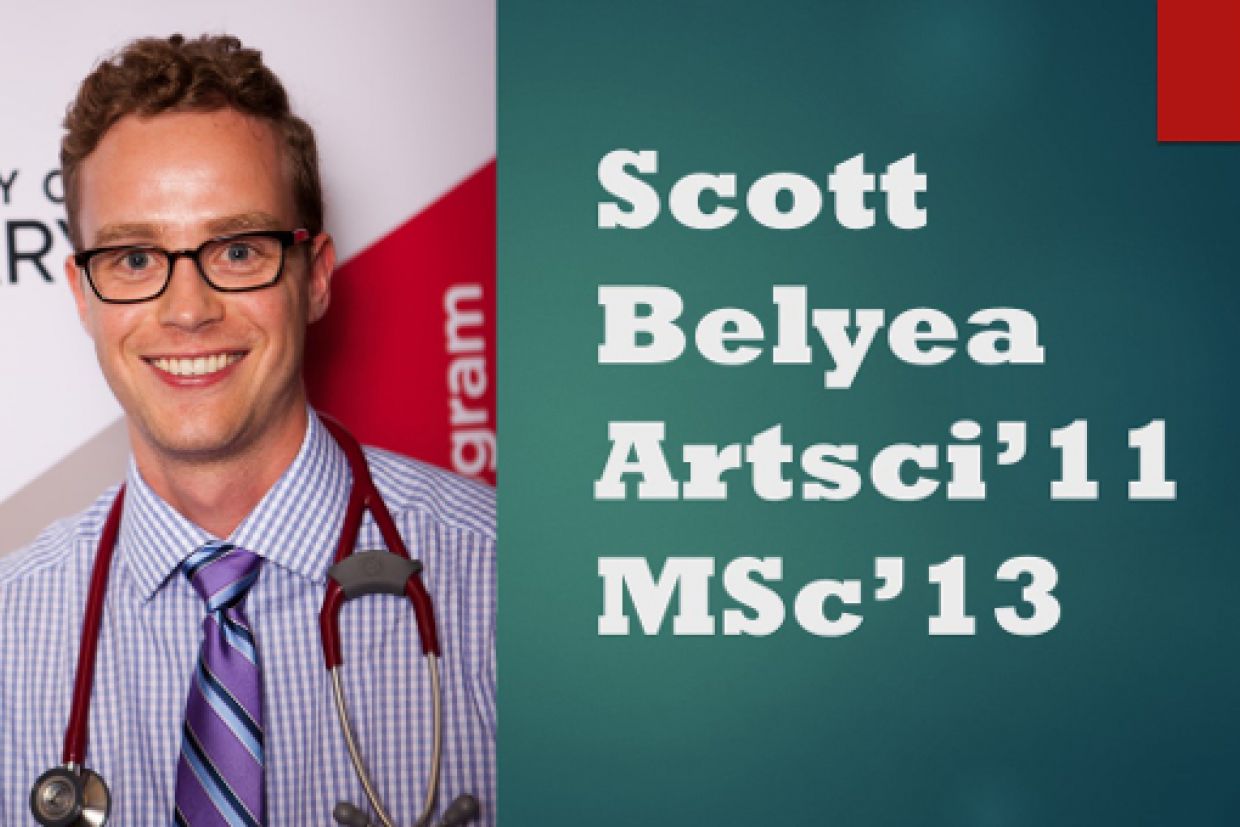Scott Belyea, Artsci’11, MSc’13, is currently at University of Calgary's Cumming School of Medicine. But before he was learning how to become a doctor, he was learning about the human body as a student in the Queen’s Master of Science Program in Anatomical Sciences.
Mr. Belyea took time out to talk about the Anatomical Sciences program and how it helped prepare him for his academic future.
Question: In what program and where did you get your undergrad degree?
Answer: I did my BScH at Queen’s with a major in Life Sciences and a minor in Classics.
Question: Tell us about your career/academic journey. Have you always wanted to go to medical school?
Answer: I have taken a reasonably circuitous route to medical school. From high school I was strongly considering medicine, but diverse interests pulled me in multiple directions: education, ancient history, plant biology, music, and anatomy. My undergraduate degree was an opportunity to pursue most of these, and after an unsuccessful medical school application, I enrolled in the Master of Anatomical Sciences Program. After completing the program, I moved to Calgary in the hopes of a fresh start and applied to medicine while working at an optometry clinic, applying anatomy in a more everyday context. The clinic gave me a taste for more clinically-oriented work and, following another few application cycles, I was accepted into Calgary’s Cumming School of Medicine, Class of 2018.
Question: Why did you enroll in the Queen’s Master of Anatomical Sciences Program?
Answer: Having done my undergraduate degree at Queen’s and taken anatomy, the MSc program was widely publicized. Learning about the body with an educational spin combined realms which I felt would be helpful moving forward, improving my understanding of anatomy and learning important communication and collaboration skills. I felt a solid understanding of a pillar of medicine would bolster future applications and a thesis would allow me to flexibly explore research.
Question: Do you feel the Anatomical Sciences Program helped prepare you for medical school?
Answer: The University of Calgary’s medical program uses a presentation-based approach to education, which differs from traditional models which teach core clinical sciences in discrete courses. Rather than have independent courses in anatomy, physiology, pathology, microbiology, the presentation approach integrates all of these at once. While learning about different facets of disease simultaneously helps facilitate integration, the emphasis of the learning is on what is clinically relevant. Consequently, some aspects of anatomy are learned in depth, while others are deemed less important. The benefit of having completed the Queen’s MSc program is that its content compliments the less-traditional medical school approach, allowing me to optimize my time and be a resource for my peers.
Question: Any advice for anyone entering the Master of Anatomical Sciences Program at Queen's?
Answer: Consider your goals for completing the program and how you hope it will benefit you. The MSc serves as a logical springboard for a number of career paths in health care, teaching, and research, as well as innumerable others. Whether you have a destination in mind or are using the program as an opportunity to figure that out, by becoming involved with the opportunities which the program presents, it will propel you forward.


